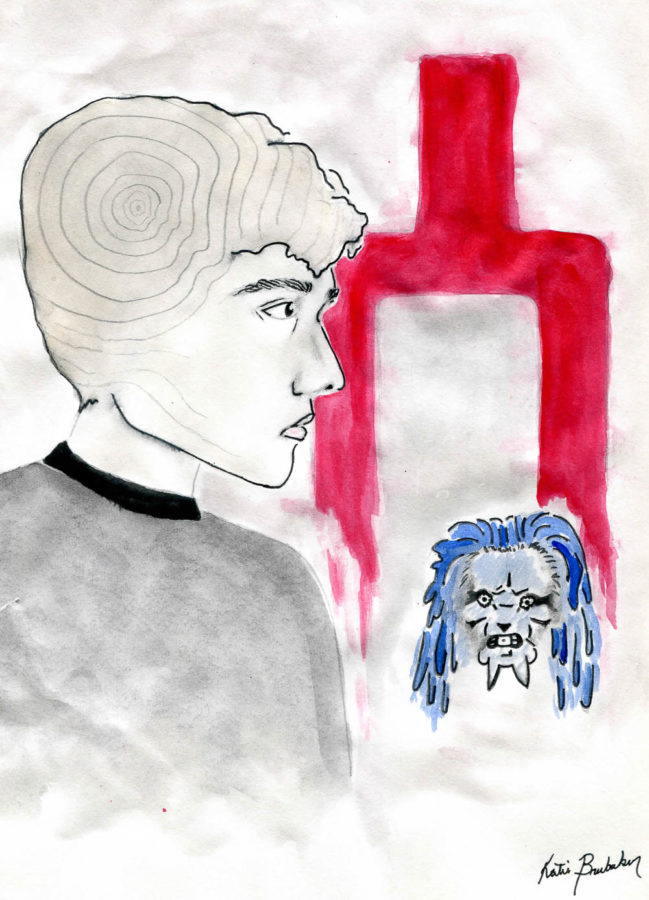Netflix’s “Bandersnatch” Redefines Movie Viewing
January 31, 2019
Netflix’s newest episode of Black Mirror, “Bandersnatch,” is meta, dark, and groundbreaking-which is not surprising coming from the popular sci-fi series. The film is interactive, making it seem like a movie-videogame hybrid. It takes the Stranger Things 80’s vibe and turns it into an unsettling commentary on free will.
It follows the protagonist, Stefan, as he attempts to make a “Choose Your Own Adventure” video game based on his favorite book, Bandersnatch. A “Choose Your Own Adventure” book was a staple of early 1980’s entertainment where the reader could make a choice for the protagonist and would be directed to a page to continue reading.
You guide Stefan through the decisions he has to make, from as small as what cassette to listen to, to as large as whether or not to accept a job offer.
While at the beginning of the movie you have the illusion of “choice,” after the first couple of timelines you learn that the movie is more controlling you than you are it. If you lead Stefan down a path that he isn’t supposed to, it will quickly reroute you back to where you made your “error.” Some points where you can make a choice even have two answers that are basically the same, one choice will be “yes” and one will be “yeah.”
The paradox of him writing his own free will game while you control his is beautifully done and makes the story and interactive portion work better than it would’ve with any other plot line.
Similarly to Stefan creating a video game adaptation to a “Choose Your Own Adventure” book, Netflix made a film adaption. The movie explores the limitations of the genre: the movie has to tell a story, and the story can only end up ending in so many ways. This is the case with “Bandersnatch” just like it’s the case with everything else under the “Choose Your Own Adventure” category.
The film is extremely meta. At times-like the kung fu scene-it even seems as if the movie is laughing at itself. The fourth wall is broken in multiple endings, one of them being the viewer revealing that they are watching Stefan on Netflix. Scenes like these are an amusing break from the dark themes in the film.
The small Easter eggs they hide throughout the script, and the allusions to the past timelines make it extremely entertaining to watch. Watching how the timelines interact and the story morph is stressful in the best way, and makes it easy to spend five hours trying to get every ending.
The rewatchability of the show is great, because every time you watch will be at least a little different from the last. Each ending is unique, and each ending is convoluted and unexpected. The many timelines you can get seem intertwined, ideas from the first timeline transition into the others, but the endings seem wholly their own. This concept is jarring and confusing at first, but they make the movie all the more interesting.
Ultimately, the viewer has no more control than Stefan does. But perhaps that was the point.



